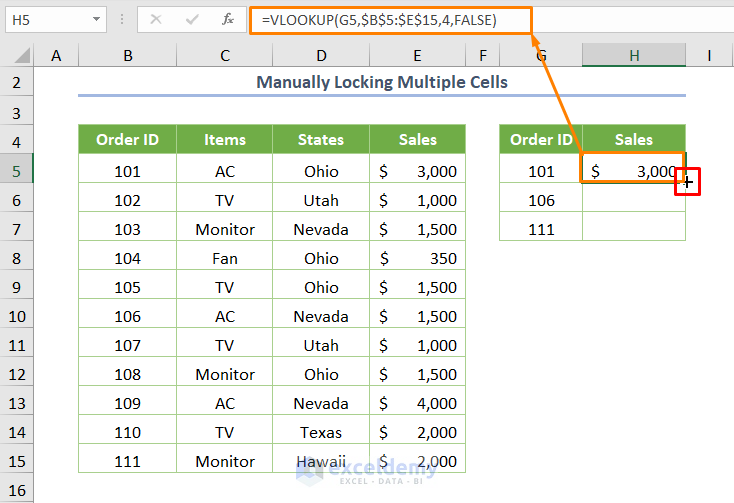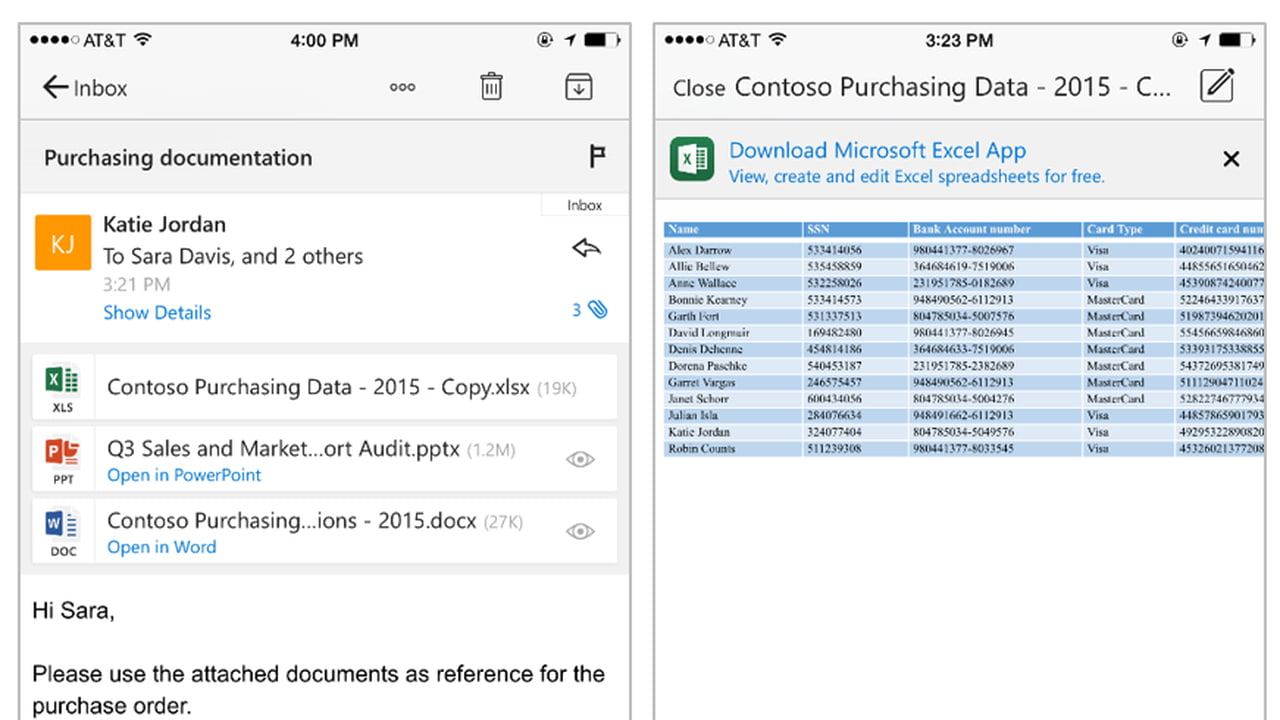5 Ways to Sign House Sale Documents Remotely

In the digital age, where everything from socializing to shopping has gone online, the real estate sector has also adapted to new technologies. Signing house sale documents remotely is not just convenient but has become essential for many due to various reasons like geographical distance, time constraints, or even global health concerns. Here are five effective methods to sign house sale documents without needing to be physically present at the signing.
1. Electronic Signatures (eSignatures)


One of the most popular and straightforward methods for signing house sale documents remotely is using eSignatures. Electronic signatures are legally binding in many countries and provide a secure way to sign documents.
- Use of Platforms: Platforms like DocuSign, Adobe Sign, or HelloSign facilitate the sending, signing, and tracking of documents in real-time.
- Integration: These platforms can often integrate with real estate software for seamless transactions.
- Security: Signatures are encrypted, ensuring both authenticity and integrity of the document.
🛡️ Note: Ensure the platform you choose complies with local laws regarding electronic signatures.
2. Notarize Online


The process of notarizing documents, traditionally requiring an in-person appearance, can now be done online in several jurisdictions, thanks to Remote Online Notarization (RON).
- Remote Video Conferencing: Both the notary and the signer appear before each other via video, with identification checks and the signing process recorded for legal purposes.
- State Laws: Check if your state or country allows RON, as regulations vary.
- Secure Systems: Services like Notarize or OneNotary provide platforms that meet strict security standards.
🌐 Note: Always verify the validity of RON in your region before proceeding.
3. Using Certified Mail


Though not a digital method, certified mail still offers a way to sign documents remotely by sending the necessary papers back and forth through the postal service.
- Documentation: The sender receives proof of receipt from the postal service.
- Sign and Return: Documents are signed and returned, ensuring a physical signature.
- Delay: This method does introduce delays due to postal delivery times.
📬 Note: This method can be particularly useful when electronic signatures are not legally accepted or for parties preferring traditional methods.
4. Secure Email with Encryption


Securing house sale documents through email with encryption can be a robust way to transmit sensitive documents safely.
- Encryption Protocols: Use tools like PGP or the built-in encryption services of email providers like Gmail or Outlook.
- Signature: The document can be printed, signed, scanned, and sent back securely.
- Verification: Ensure the email system used has strong verification processes to prevent tampering or fraud.
🔒 Note: Always ensure both parties are comfortable and familiar with using encrypted email for legal documents.
5. Cloud Storage Solutions


Utilizing cloud storage services to share and sign documents can be efficient, especially for larger files or multiple documents.
- Popular Platforms: Dropbox, Google Drive, or OneDrive provide collaborative platforms for document management.
- Sharing: Documents can be uploaded, signed, and then shared with relevant parties.
- Version Control: Track changes and updates in real-time, ensuring all parties have access to the latest version.
☁️ Note: Be cautious with file permissions to prevent unauthorized access to sensitive documents.
Each of these methods provides different levels of security, ease of use, and legality, allowing buyers and sellers to finalize house sales without physical proximity. By understanding and implementing these options, you can manage your real estate transactions efficiently and securely from virtually anywhere in the world. Adapting to these technologies not only streamlines the process but also reflects the dynamic nature of modern real estate practices, ensuring that transactions can move forward without the constraints of geographical barriers.
What is the difference between eSignature and a traditional signature?

+
An eSignature is an electronic method of signing a document, legally recognized in many jurisdictions as equivalent to a handwritten signature, whereas a traditional signature is physically written on paper. The main differences include the medium (electronic vs. physical), authenticity verification (often through encryption or notarization in eSignatures), and the legal requirements for recognition.
Is Remote Online Notarization (RON) valid everywhere?

+
No, RON is not universally accepted. Its validity depends on local laws and regulations. Several U.S. states, Canada, and other countries have adopted legislation to recognize RON, but it’s important to check if your jurisdiction allows this method.
How can I ensure the security of my document when using these methods?

+
Choose reputable platforms that use encryption, two-factor authentication, and other security measures. Regularly update your passwords, use strong password practices, and limit document access to only those who need it. For notarization, ensure the service provider adheres to local security standards.
Can I use more than one method for signing house sale documents?

+
Yes, you can combine methods. For example, you might use eSignatures for the bulk of the documents, but have certain critical documents notarized online or sent via certified mail for additional verification.
Are there any risks involved in signing house sale documents remotely?

+
Risks include document security breaches, identity theft, and potential legal challenges if not done in accordance with local laws. Mitigate these risks by using secure, reputable platforms, understanding legal requirements, and ensuring robust identity verification processes are in place.



